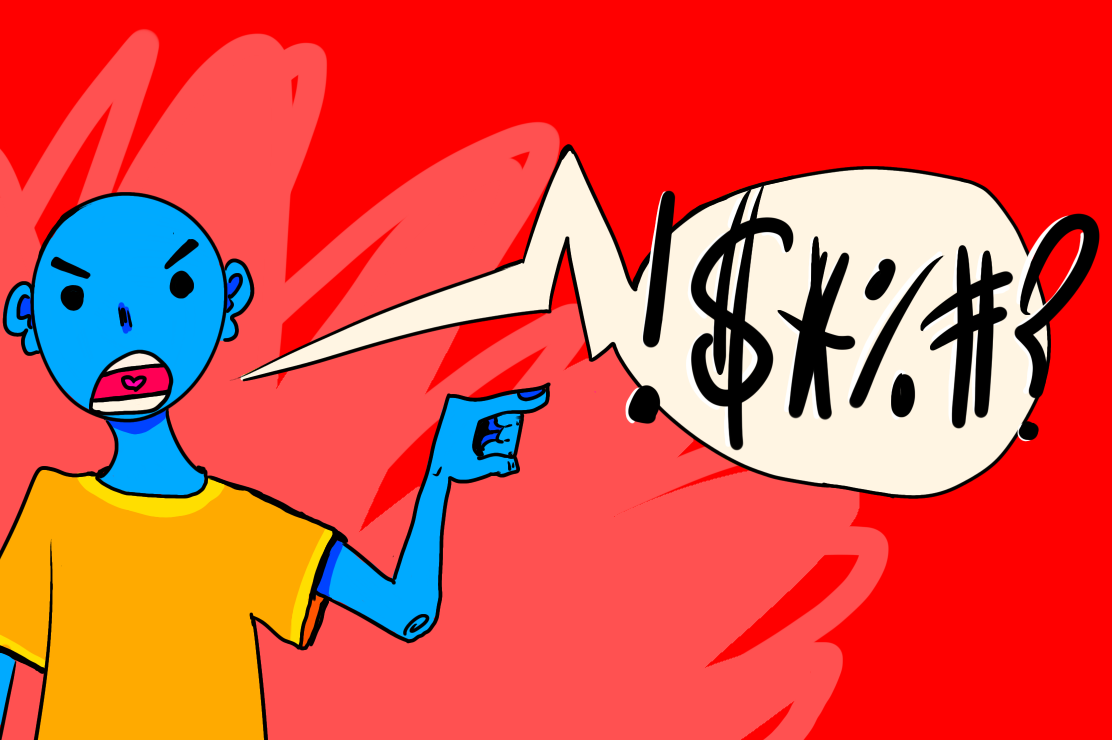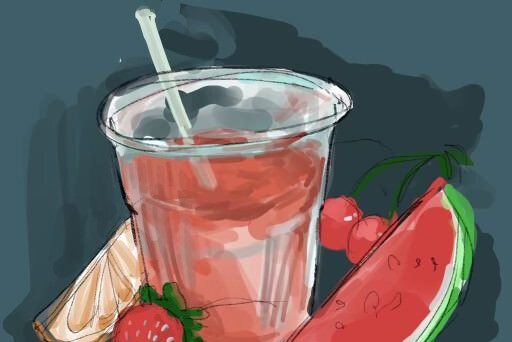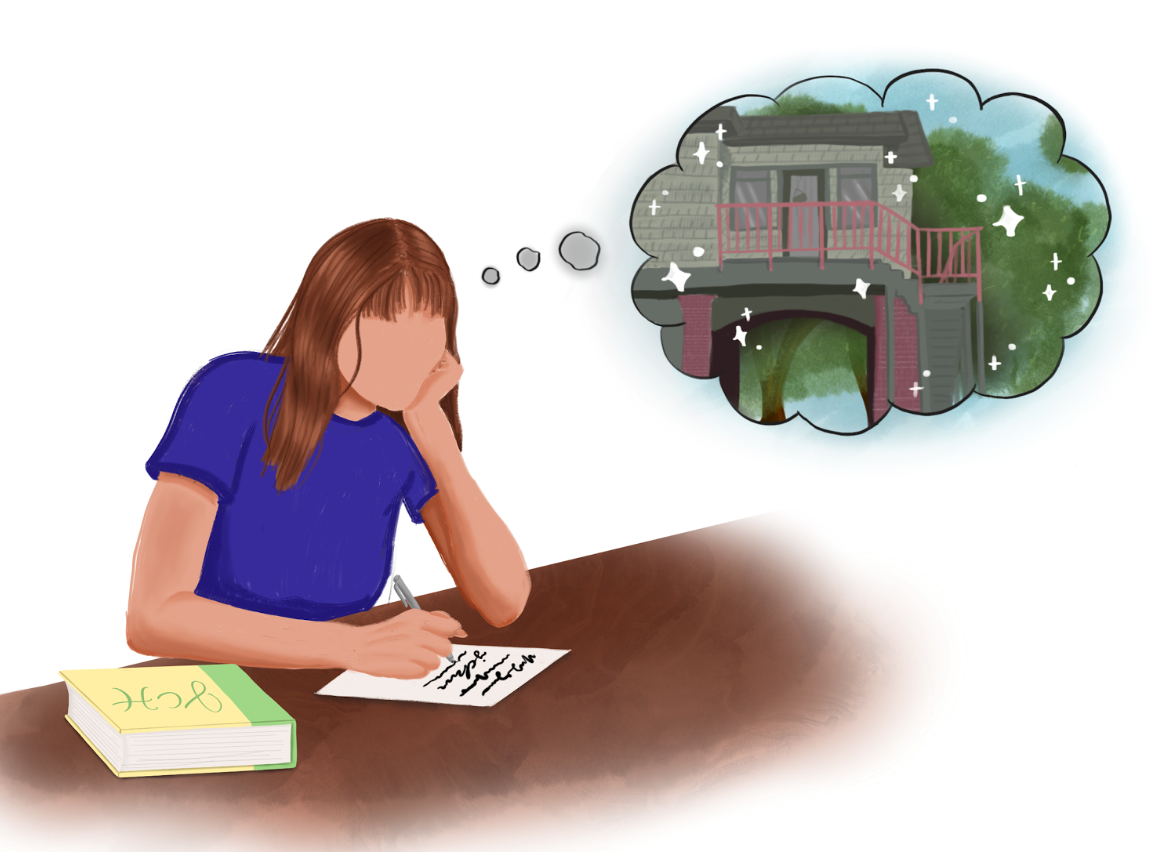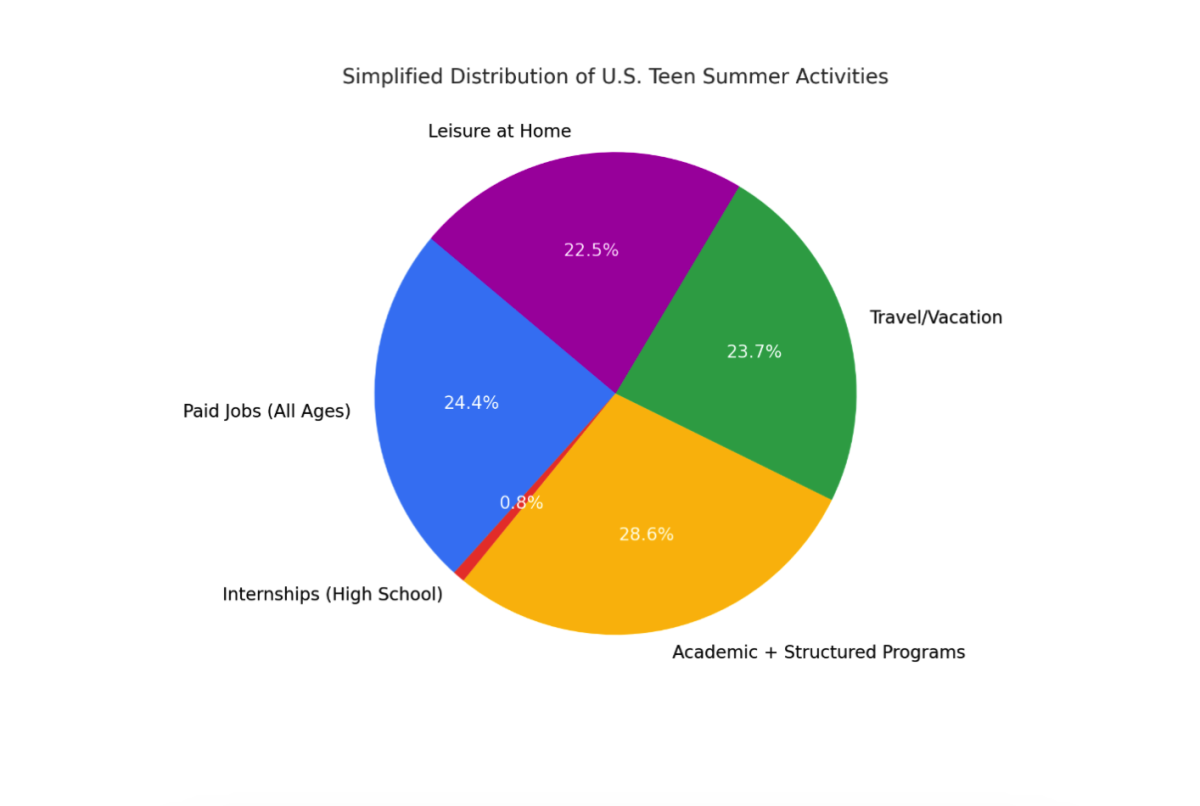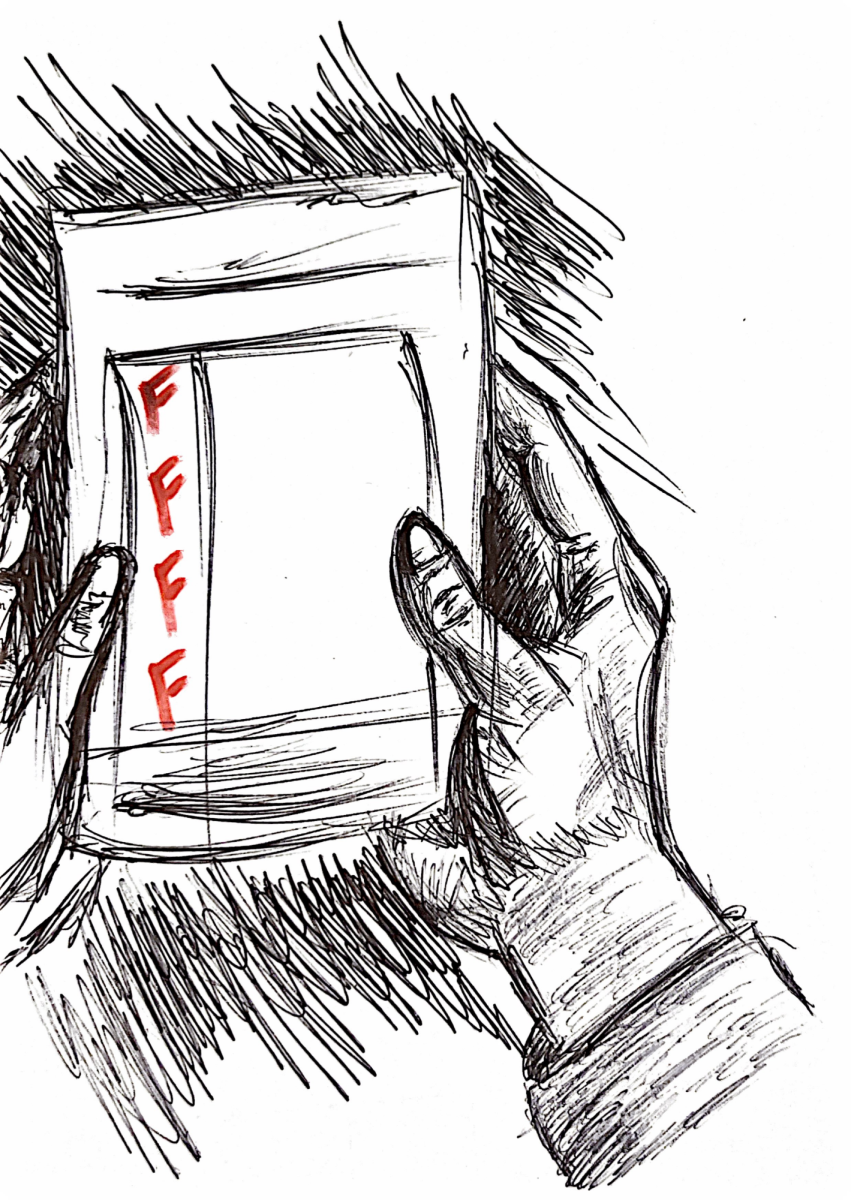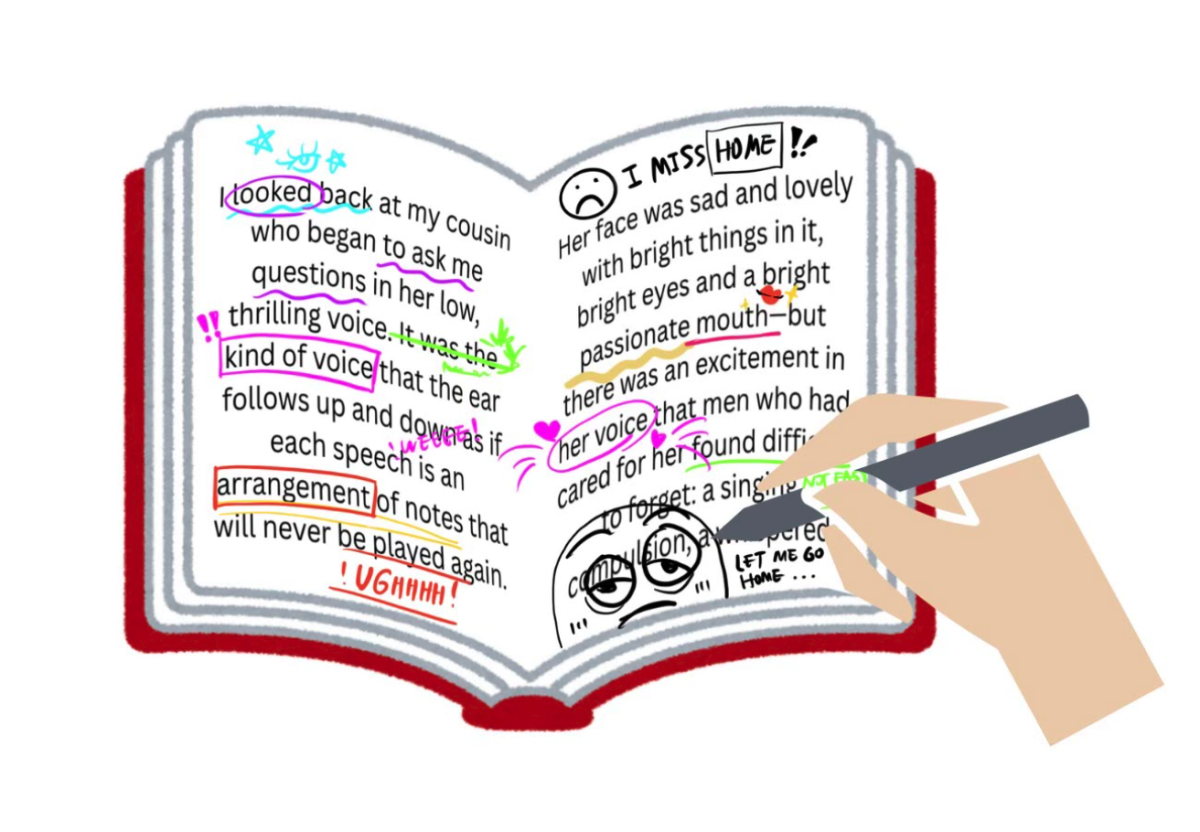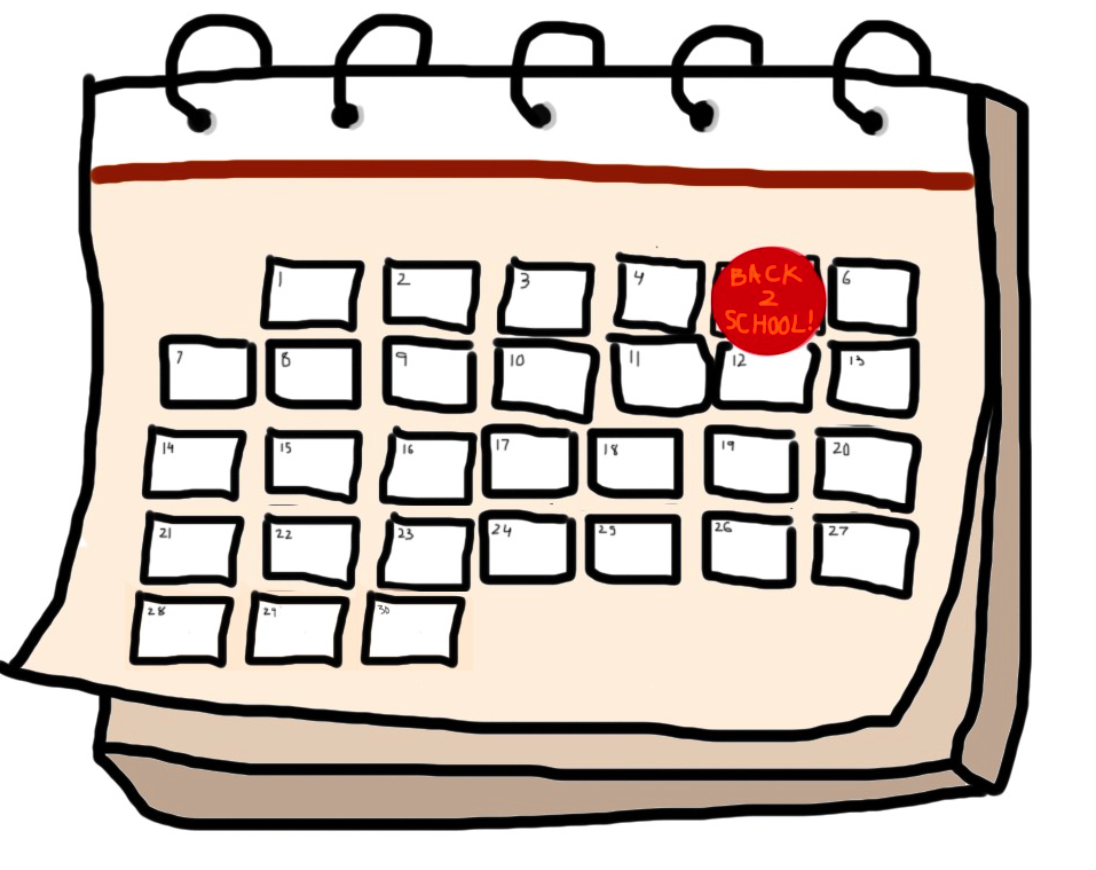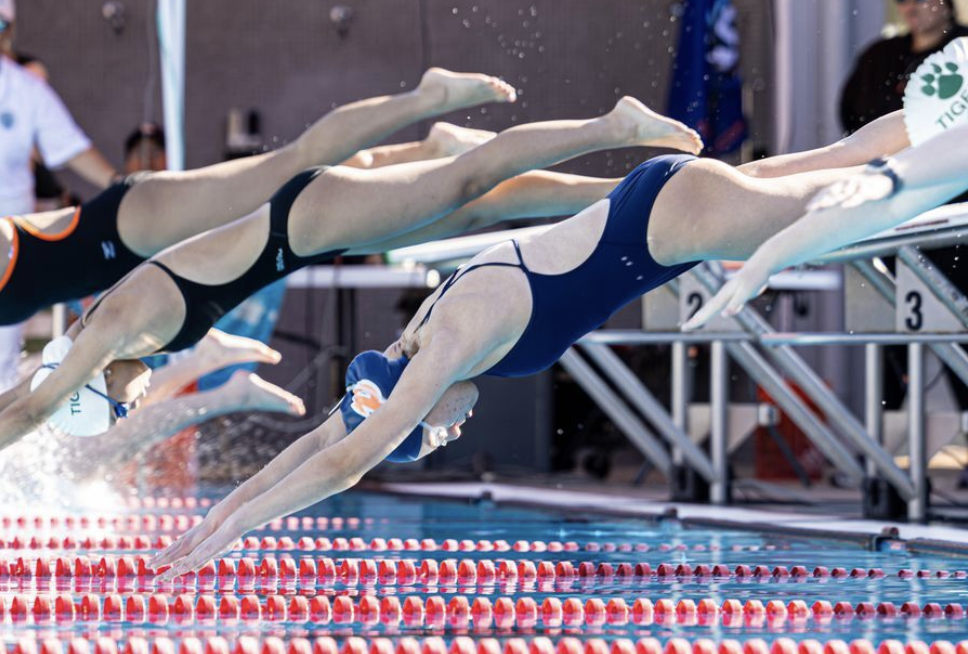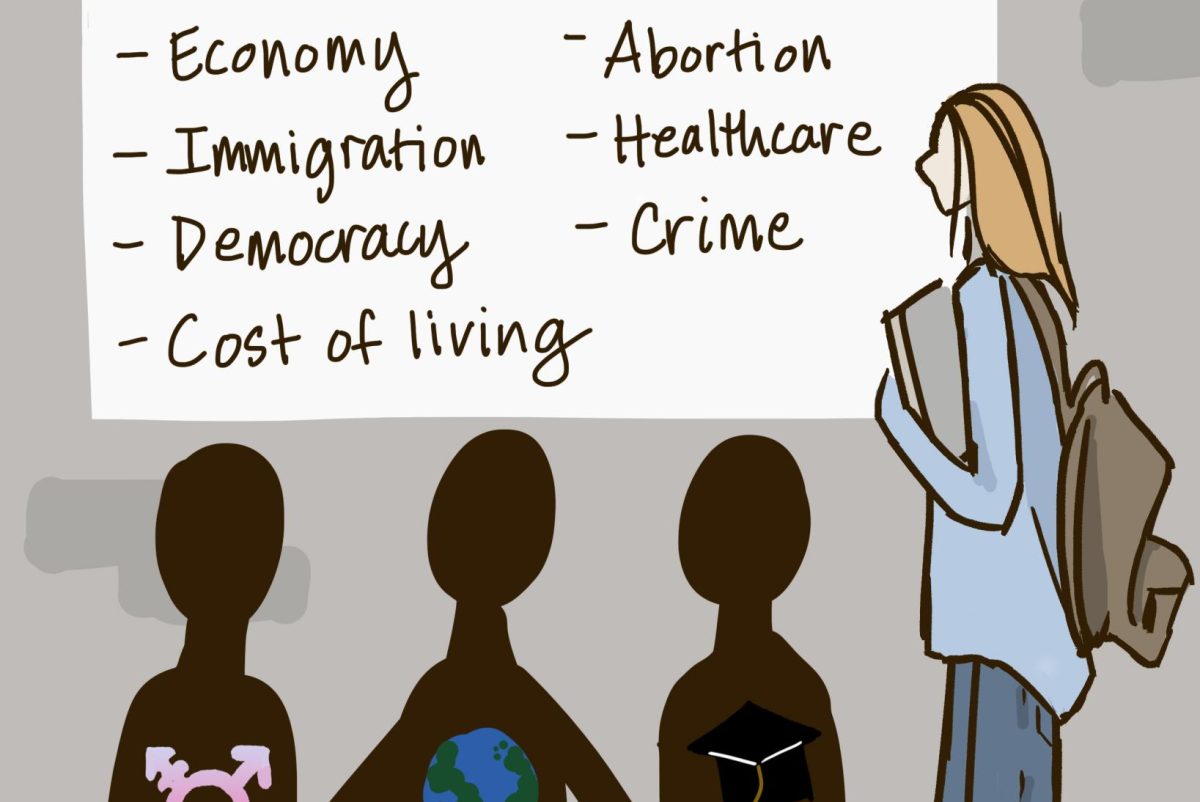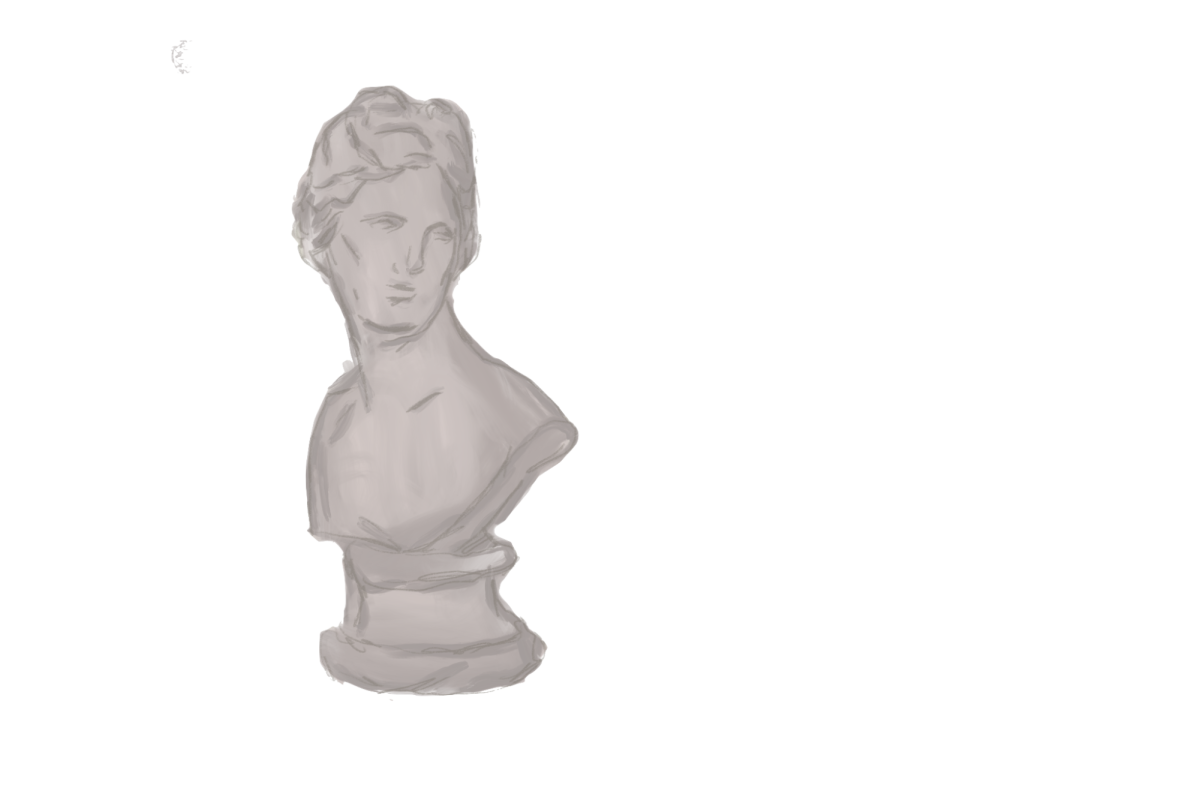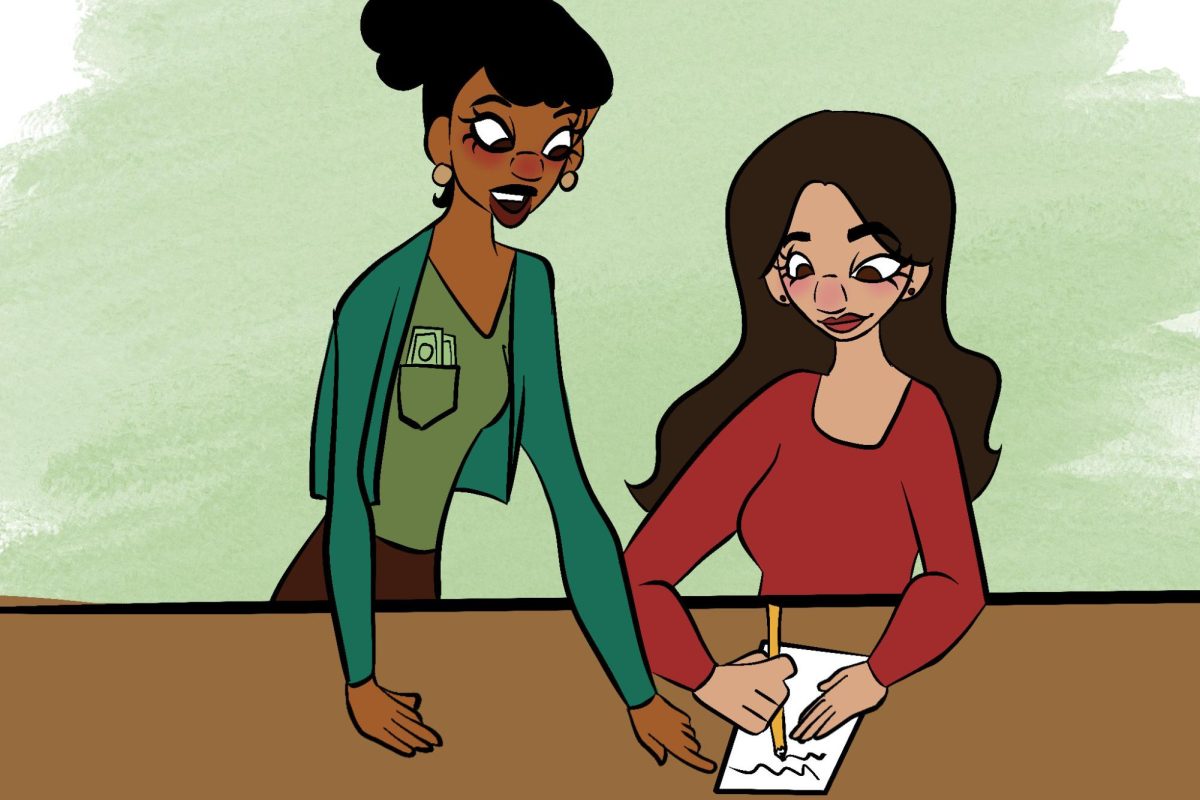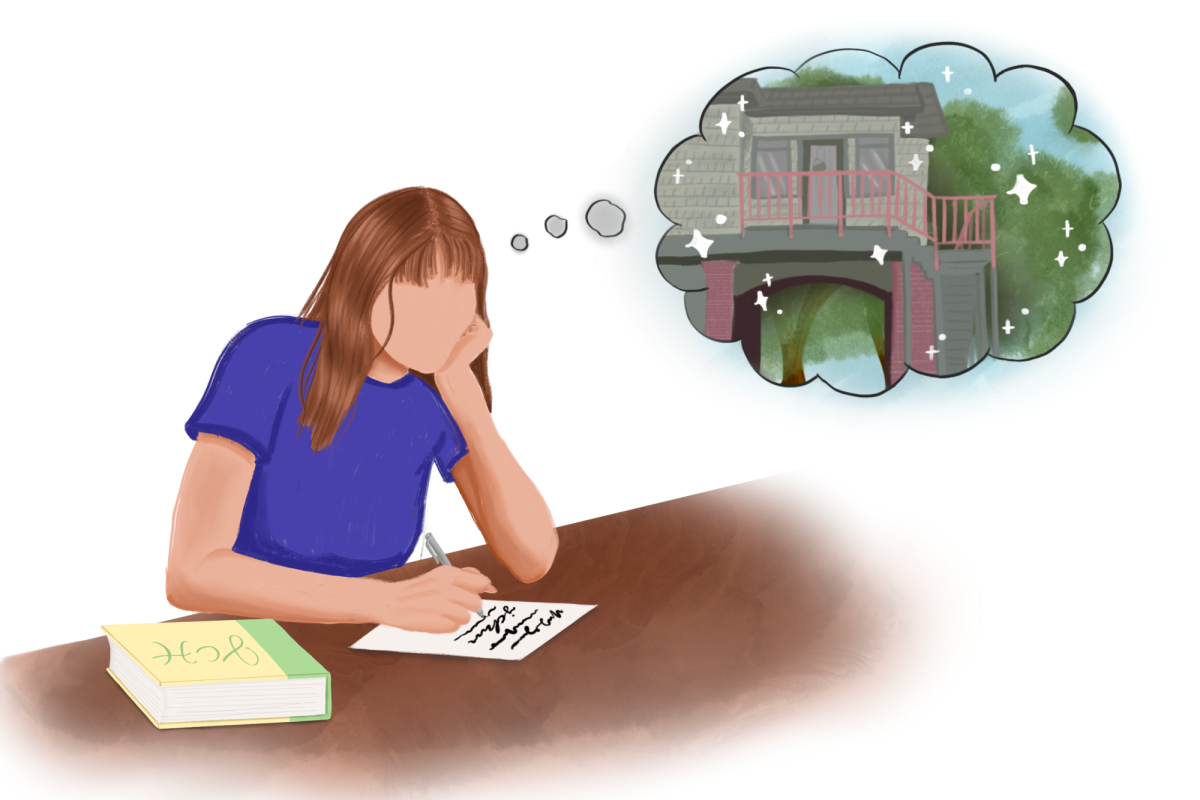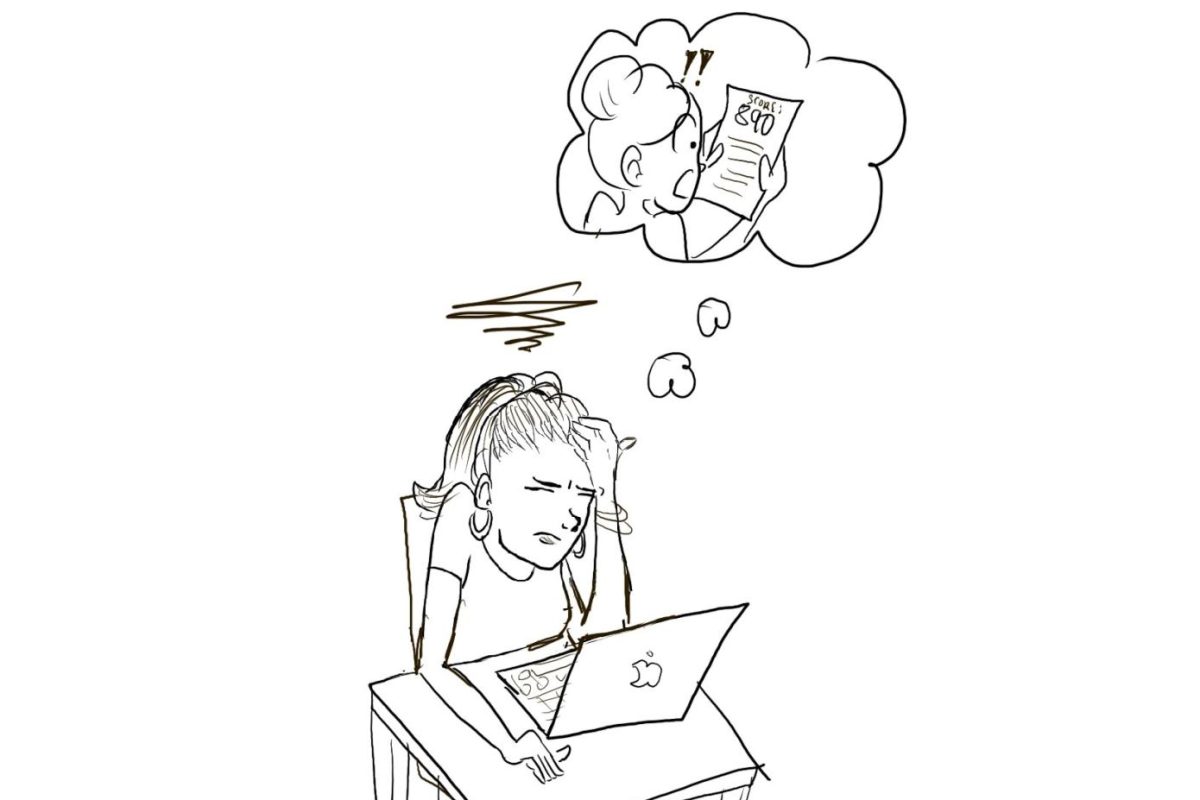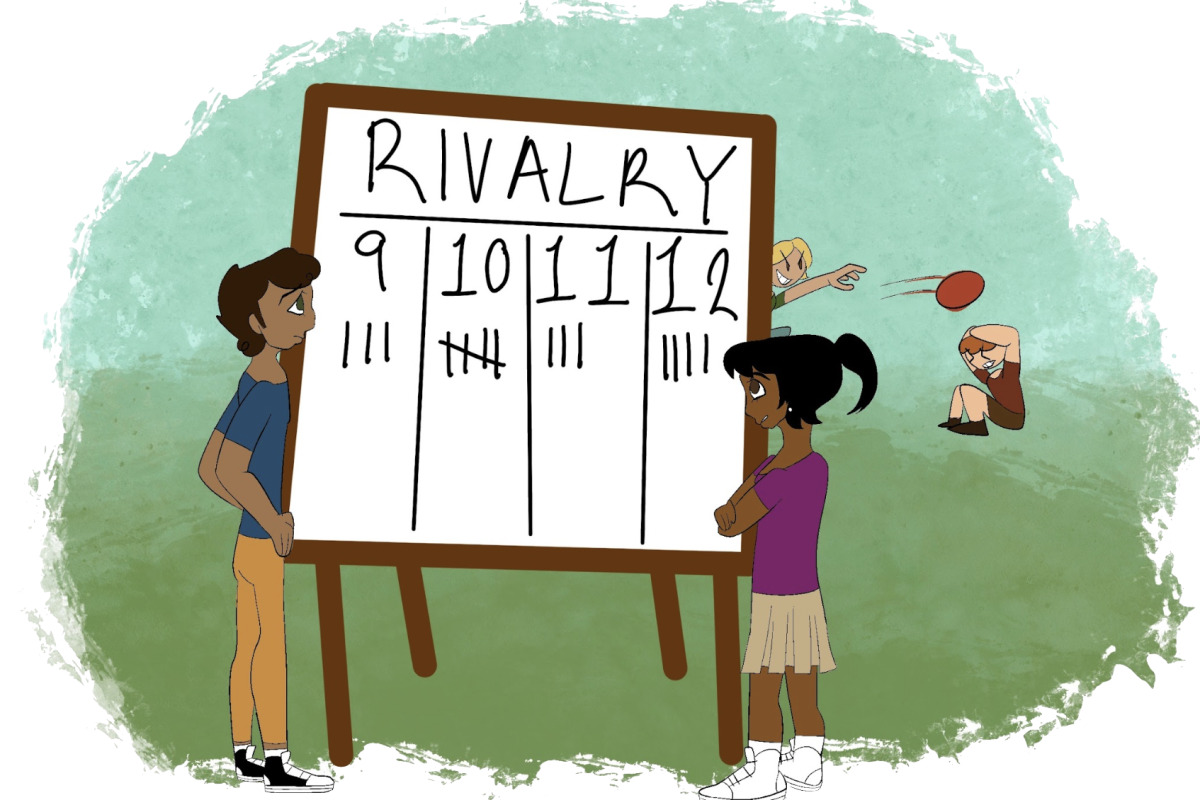The SAT, formerly known as the Scholastic Aptitude Test, is coming back. Due to the shutdown of testing centers during the pandemic, many colleges and universities, including all Ivy League and University of California schools, made the SAT optional for admissions in 2020 and 2021. However, Yale University and Dartmouth College reinstated their requirements of standardized scores in February, joining MIT and Georgetown, both of which reinstated their requirements in 2022. With these eminent schools reverting to their pre-pandemic requirements, more will likely follow. Thus, it is more important than ever to talk about how the SAT is flawed and does not truly represent our ability as unique individuals.
The SAT fails to fully encompass all of the different parts of a student. It only tests math and English, so what happens to the students who have a passion for history, science, and world languages? Additionally, the SAT is formatted narrowly and rigidly. For example, the English writing portion consists of questions about only vocabulary and grammar, not allowing students to demonstrate their creativity in poetry, fiction writing or even literary analysis.
When a student takes a test in school, that test’s impact on their grade is marginal since a student will take many tests over a year. In contrast, most students only take the SAT one or two times, typically at the end of their junior year or the start of their senior year. However, this score can still heavily impact a student’s chances of matriculating into their dream school.
MIT, for example, requires all applicants to submit SAT or ACT test scores. According to data published on their website, the 25th and 75th percentile scores of admitted students in the Class of 2027 were 1520 and 1580 respectively — around the 99th percentile of test-takers nationwide.
Because of how the SAT can impact a student’s chances of getting into their dream college as well as often being socially seen as a direct measure of intelligence, many parents place a lot of pressure on their children to receive a high SAT score. Thus, the SAT combines the pressure of getting into top-tier colleges as well as not disappointing parents.
This surmounting pressure can lead to stress, which, in turn, leads to declining student mental health.
In a 2021 study, Nancy Hamilton, a University of Kansas psychology professor, found that “the anxiety caused by imminent, high-stakes tests leaked into daily life and were correlated with poor health behaviors, including dysregulated sleep patterns and poor sleep quality, leading to a vicious cycle of cramming and poor sleep.”
This study shows how anxiety caused by the test often leads to immense stress and, therefore, the emergence of bad habits for both mental and physical health.
Due to the mental strain caused by the apprehension of taking the test, many students do not perform as well as they could. They cannot express their true academic ability in a moment often so crucial to their futures. According to a 2018 National Bureau of Economic Research report, “As high-stakes test loom, cortisol levels, a chemical maker for stress, rise by an average of 15 percent, a physiological response linked to an 80-point drop in SAT scores.”
Because many people have the false notion that SATs are clear reflectors of one’s aptitude, students who expect higher test scores but receive lower ones may often experience lower self-esteem. A shocking test result can also make students question the classes they previously enjoyed or their academic placement in school. Students may wonder, “Do I actually like English?” and “Are my math grades good, or are my classes just easy compared to everyone else’s?”
Moreover, students often have the most schoolwork and extracurriculars in their junior year. As this is the year that most people take the SAT, many students struggle with balancing an already busy schedule while also having to study for the SAT.
Sophomore Bridget Bickell said, “All of the colleges that I hope to attend require the SAT. Especially next year, having to balance both the course load of junior year and studying for the SAT will be extremely stressful.”
Many affluent families resort to tutoring as a way for their children to improve their scores. Currently, the SAT tutoring industry is worth billions of dollars globally. This lucrative industry includes in-person tutoring, online tutoring, and group classes.
But tutoring comes with a hefty price. An SAT tutor can cost anywhere from 40 dollars per hour up to more than 100 dollars per hour. As these prices accumulate, a full cycle of SAT prep can be worth thousands of dollars. Many people simply do not have the funds to afford this tutoring.
A 2012 study by the University of Minnesota found that “students from higher income backgrounds generally achieve higher scores, and 21.2% of the variance in SAT scores is shared with socioeconomic status.”
Since the wealthy can often afford tutoring while the poor cannot, this study suggests that the SAT exacerbates socioeconomic differences.
This year or in the upcoming years, many selective colleges may re-establish the SAT as a requirement for college applications. As some of us high school students face the stress that this test will most likely bring, we must remember that the SAT itself is inherently flawed and that we cannot base our self-worth on this test. We are more than just a score.

